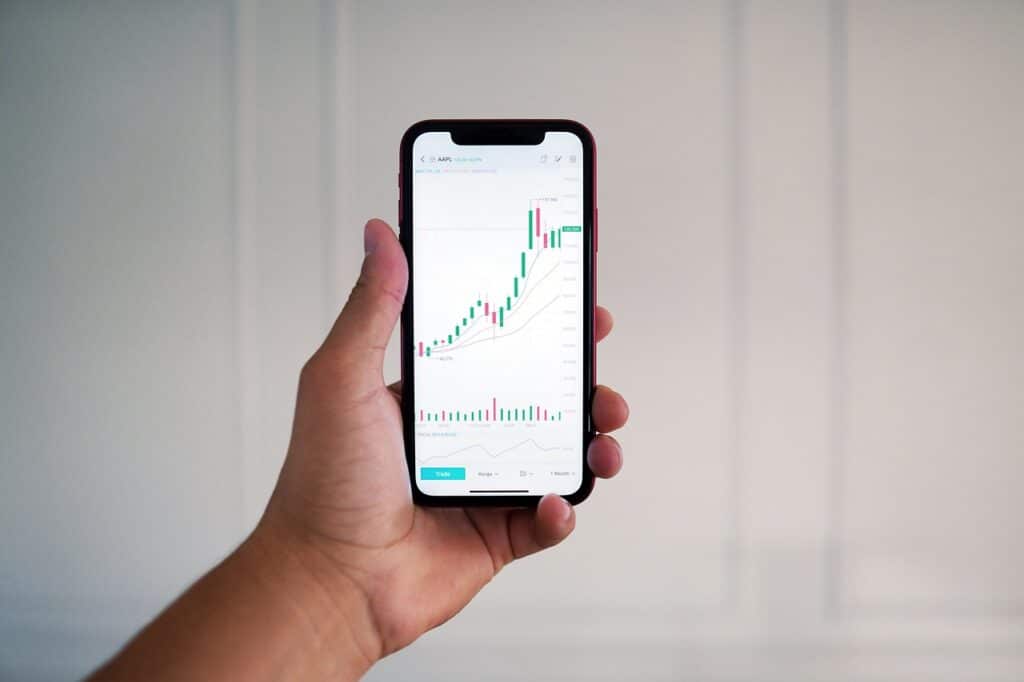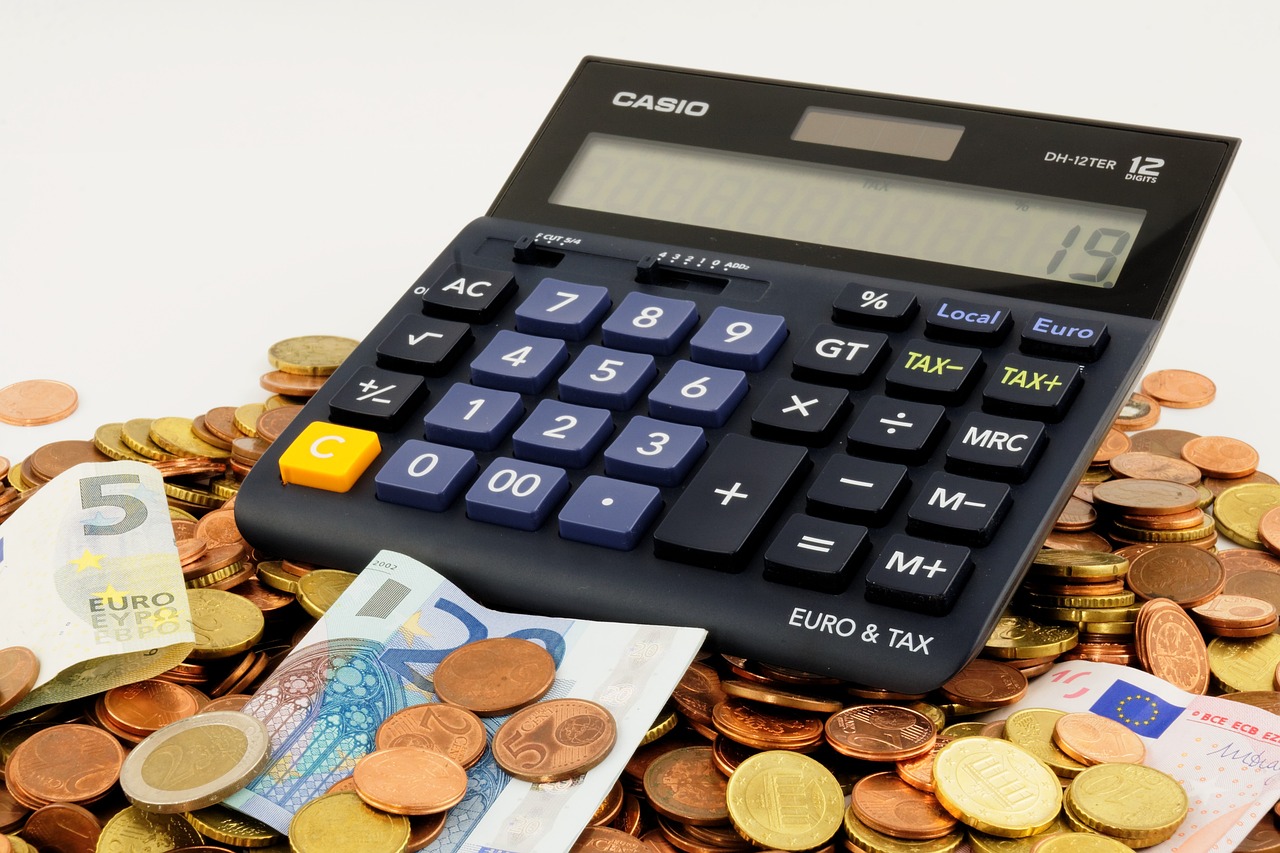Standard-Essential Patents, known as SEPs, represent a unique category of patents with significant implications for the technology and innovation landscape. These patents are essential for the implementation of industry standards, ensuring compatibility and interoperability among various products and services. Valuing SEPs is a multifaceted challenge, requiring a profound understanding of patent valuation methodologies, the dynamics of standards-setting organizations, licensing, and the complex legal landscape. In this comprehensive article, we explore the intricacies of SEP valuation, encompassing the methods, factors, and real-world applications that define the worth of these indispensable patents.
Understanding Standard-Essential Patents (SEPs)
Standard-Essential Patents, or SEPs, are patents that are indispensable for the implementation of industry standards. These standards are established by organizations like the IEEE, ISO, ITU, and others, shaping the technology landscape. SEPs cover technologies that are vital for ensuring that products and services from different manufacturers can work together harmoniously.
The Role of SEPs
SEPs serve as the cornerstone of modern technology, ensuring that devices, systems, and services from various sources can seamlessly communicate and operate together. For instance, in the realm of telecommunications, SEPs are fundamental for the functioning of mobile networks, facilitating the connection and communication of devices from different manufacturers.

The Challenge of SEP Valuation
Valuing SEPs is a multifaceted challenge due to several intricate factors:
Multifaceted Technology
SEPs encompass technologies that are inherently multifaceted, possessing diverse applications across a wide spectrum of products and services. These patents often serve as the building blocks for innovations that transcend the boundaries of specific industries. This versatility is both a strength and a challenge when it comes to valuation. On one hand, the wide range of applications increases the potential value of the SEP as it can impact multiple sectors. However, it also complicates the process of assigning a precise value to the patent since its worth can vary significantly depending on the context.
Valuing a SEP means unraveling its potential impact on various industries and understanding the technological web it weaves. For example, a SEP related to wireless communication technology can influence not only the smartphone industry but also the development of IoT devices, connected cars, and beyond. This breadth of application complicates the valuation process, necessitating an in-depth understanding of the patent’s reach and its potential for shaping multiple sectors. SEP valuation experts must navigate this complexity, taking into account the technology’s broad applicability and the specific nuances of each industry it touches, all while striving to provide an accurate and equitable valuation.
Legal and Regulatory Complexities
SEPs operate in a complex legal and regulatory landscape, characterized by obligations to license on fair, reasonable, and non-discriminatory (FRAND) terms. The introduction of FRAND commitments means that the patent holder has committed to licensing the SEP to others, ensuring that access to the technology is not monopolized. However, defining what constitutes a “fair” royalty rate can be a contentious issue. Different stakeholders may have varying interpretations of what is reasonable, leading to disagreements and, at times, legal disputes over SEP licensing terms.
Navigating the legal and regulatory complexities of SEPs requires a deep understanding of patent law, antitrust regulations, and international standards. Patent holders, as well as potential licensees, must engage in negotiations that balance the interests of both parties while complying with FRAND commitments. This often involves intricate legal agreements, and the outcome can have a significant impact on the use and diffusion of the technology. SEP valuation experts play a vital role in considering the legal and regulatory environment while determining the fair and reasonable value of the patent. Their expertise helps in achieving equitable agreements that foster innovation and market competition while respecting the legal obligations associated with SEPs.
Market Dynamics
The value of SEPs is intimately tied to the dynamic and ever-evolving nature of the specific industries they serve. Market dynamics play a pivotal role in determining the worth of a SEP. Factors such as market demand, competition, and the strategic importance of the technology influence its value in significant ways.
Market demand for products or services that rely on the SEP is a central consideration. A high demand for the technology can drive up its value, as it indicates the potential for widespread adoption and use. Conversely, lower demand may result in a reduced valuation, as the patent’s impact on the market is less pronounced.
Competition is another critical element. The presence of competing technologies or patents in the same industry can affect the value of a SEP. A patent that provides a unique and essential solution, free from direct competition, may command a higher valuation due to its strategic importance.
Furthermore, the strategic significance of the technology within the industry is a major factor. If the technology covered by the SEP is deemed crucial for gaining a competitive edge or achieving market leadership, its value can be significantly higher.
SEP valuation experts need to consider all these market dynamics while arriving at an accurate valuation. This necessitates a deep analysis of the industry landscape, market trends, and the specific context in which the patent operates. By taking into account these market dynamics, SEP valuation experts can provide a valuation that accurately reflects the patent’s significance within its industry.
Methods for Valuing SEPs
Numerous methods and approaches are available for valuing SEPs, but the choice of method depends on the specific circumstances, including the technology involved and the unique aspects of the case. Here are key methods used for SEP valuation:
Comparable License Agreements: One common method involves analyzing existing licenses for similar SEPs and using them as benchmarks for determining the value of the patent in question. Factors considered include technology relevance, involved parties, and specific terms of the agreement.
Cost Approach: The cost approach calculates the cost required to develop the patented technology from scratch. It considers factors like research and development expenses, manufacturing costs, and the time and resources needed for development.
Income Approach: The income approach focuses on the potential revenue generated by the SEP. It factors in market demand, expected licensing opportunities, and the revenue the technology can generate over its useful life. This approach aligns the valuation with the economic impact of the SEP.
Market Approach: The market approach involves comparing the SEP to similar patents that have been sold, licensed, or litigated in the market. This method is particularly relevant when there’s a significant body of data on comparable transactions. It provides a market-driven valuation considering the competitive landscape.

Key Factors Influencing SEP Valuation
Several factors influence the valuation of SEPs, and these factors can vary significantly based on the industry, the technology, and the specific legal and regulatory environment. Here are crucial factors that come into play when determining the value of SEPs:
1. Industry Relevance
The relevance of the technology within the specific industry is a fundamental factor. Technologies central to the industry’s operations with a wide range of applications tend to command higher values.
2. Market Demand
The level of market demand for products or services that rely on the SEP is a key consideration. High demand can lead to a higher valuation, while lower demand may reduce its worth.
3. Technological Advancements
Technological advancements can significantly impact the value of SEPs. If a patent covers a fundamental technology that has seen significant advancements, its value may increase. Conversely, if the technology is becoming obsolete, its value may decrease.
4. Legal and Regulatory Environment
The legal and regulatory landscape can significantly influence the valuation of SEPs. Changes in patent laws, antitrust regulations, and international standards for FRAND licensing can all affect the value of SEPs.
5. Licensing Practices
The licensing practices of the patent holder and the industry norms for licensing SEPs play a pivotal role. Factors such as licensing terms, royalty rates, and licensing history influence the value of the patent.
Real-World Applications of SEP Valuation
SEP valuation isn’t just a theoretical exercise but a practical necessity with real-world implications for various industries and businesses. Here are some real-world scenarios where SEP valuation holds significance:
Telecommunications Industry: In the fast-paced world of mobile technology, SEPs are crucial for ensuring the connectivity of devices across networks. Valuing SEPs in this industry is essential for determining fair and reasonable royalty rates for licensing. This directly impacts the cost of mobile devices and services for consumers, ensuring that licensing fees align with the economic value of the technology while considering the industry’s competitive landscape.
Consumer Electronics: The devices we use daily, such as smartphones and smart TVs, incorporate numerous technologies covered by SEPs. The valuation of these SEPs significantly impacts the licensing fees that manufacturers must pay to use these technologies. Consequently, these fees play a role in determining the prices consumers pay for these devices. A precise SEP valuation contributes to equitable licensing agreements that benefit both patent holders and manufacturers.
The Automotive Industry: The automotive sector increasingly relies on technology, including SEPs related to connected cars and autonomous driving. The valuation of these SEPs is instrumental in negotiations between automobile manufacturers and technology providers. Fair licensing terms, based on accurate valuations, ensure that innovations can be integrated into vehicles, fostering the development of safer and more connected transportation systems.
The Internet of Things (IoT): As IoT devices become more prevalent in our homes, cities, and industries, the valuation of SEPs related to wireless communication and IoT technologies is pivotal. IoT device manufacturers and connectivity providers need to establish licensing agreements based on the value these SEPs bring to the expanding IoT ecosystem. Precise SEP valuations support the growth and innovation of IoT technology.
Challenges and Controversies
SEP valuation is not without its challenges and controversies. It’s essential to recognize the complexities and issues that often arise in this domain:
FRAND Commitments
FRAND (Fair, Reasonable, and Non-Discriminatory) commitments are a hallmark of SEPs, intended to ensure that access to essential technologies is widespread and equitable. These commitments place a crucial responsibility on the patent holder to license their SEPs to others while adhering to the principles of fairness, reasonableness, and non-discrimination. The challenge arises from the inherent subjectivity in determining what precisely constitutes “fair and reasonable” terms. This subjectivity can give rise to contentious debates between patent holders and potential licensees, often leading to protracted negotiations. Parties involved in SEP licensing may have contrasting perspectives on what fair compensation entails, particularly when the patent in question has the potential to shape entire industries. As a result, these disputes sometimes find their way to legal avenues, further complicating the valuation process and requiring the involvement of legal experts who can decipher the intricacies of FRAND commitments.
Global Variations
SEP valuation’s complexity is further compounded by the global variations in legal and regulatory frameworks. Different countries may adopt diverse approaches to valuing SEPs and ensuring compliance with FRAND commitments. This diversity can make it challenging to arrive at a consistent valuation for a patent that holds international relevance. Regional variations in legal interpretations, patent laws, and antitrust regulations introduce an additional layer of complexity. Valuing a global SEP often entails a meticulous understanding of the legal landscapes in multiple jurisdictions, requiring experts with expertise in international patent law. Navigating these global variations is crucial for equitable licensing agreements and avoiding potential conflicts arising from differing interpretations of FRAND terms across different regions. SEP valuation experts must consider these variations, ensuring that the valuation process remains robust and adaptable to the unique legal frameworks in each relevant jurisdiction.
Complex Technologies
SEPs typically revolve around complex and multifaceted technologies that extend their reach across various industries. Valuing these patents demands a deep understanding of the technology’s applications, potential market reach, and intricacies. The complexity of these technologies adds to the already intricate nature of SEP valuation. SEP valuation experts need to decipher not only the patent’s technical aspects but also its potential implications on the broader technological landscape. Moreover, the valuation process necessitates a grasp of how the technology aligns with market demands, regulatory requirements, and industry dynamics, further enhancing its complexity. These complex technologies often undergo continuous development and adaptation, which means that SEP valuation must remain flexible to account for the evolving nature of the technology. Achieving an accurate valuation for SEPs, given their multifaceted and evolving nature, requires a comprehensive understanding of both the technology itself and the broader ecosystem in which it operates, making it a challenging but essential endeavor for the innovation and technology landscape.

Conclusion
In conclusion, the valuation of Standard-Essential Patents is a complex and critical aspect of modern innovation. These patents underpin the functioning of various industries, ensuring compatibility and interoperability, and their valuation influences pricing, licensing agreements, and the development of cutting-edge technologies. SEP valuation experts play a vital role in navigating the intricacies of this field, providing the insights needed for equitable agreements and the continued progress of technology and innovation.

